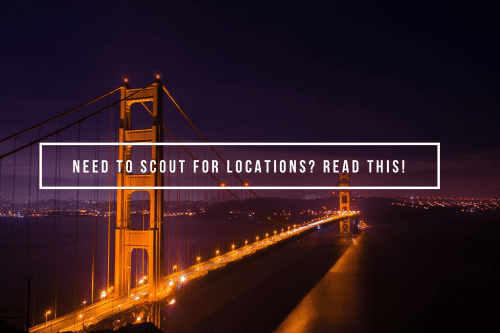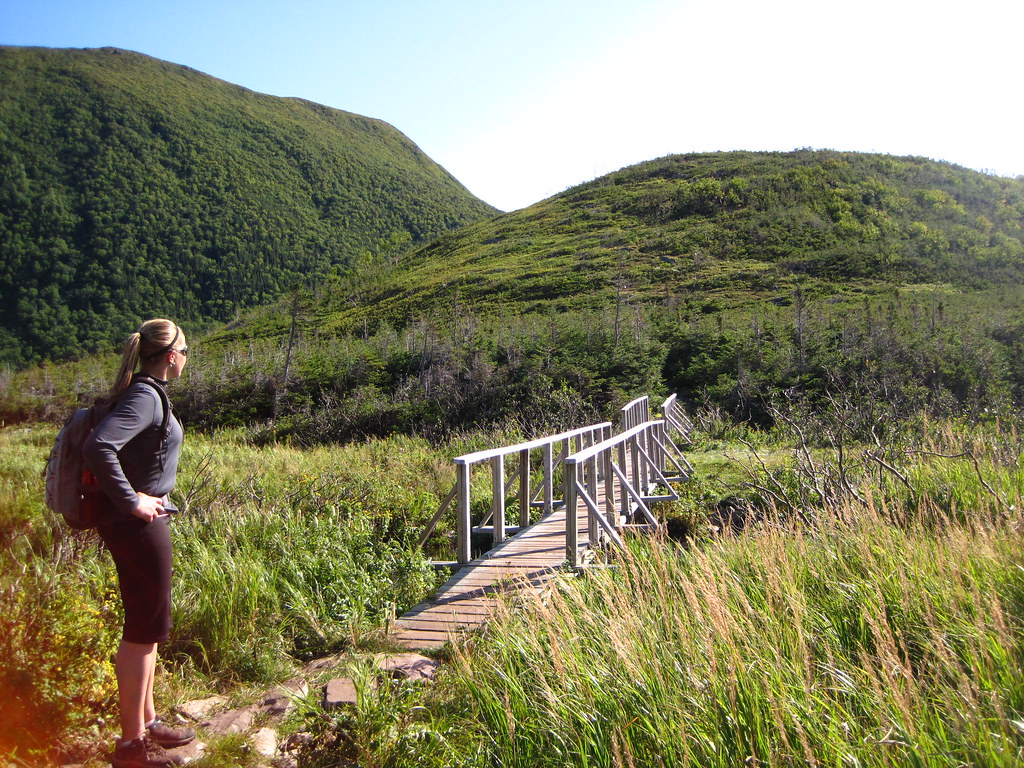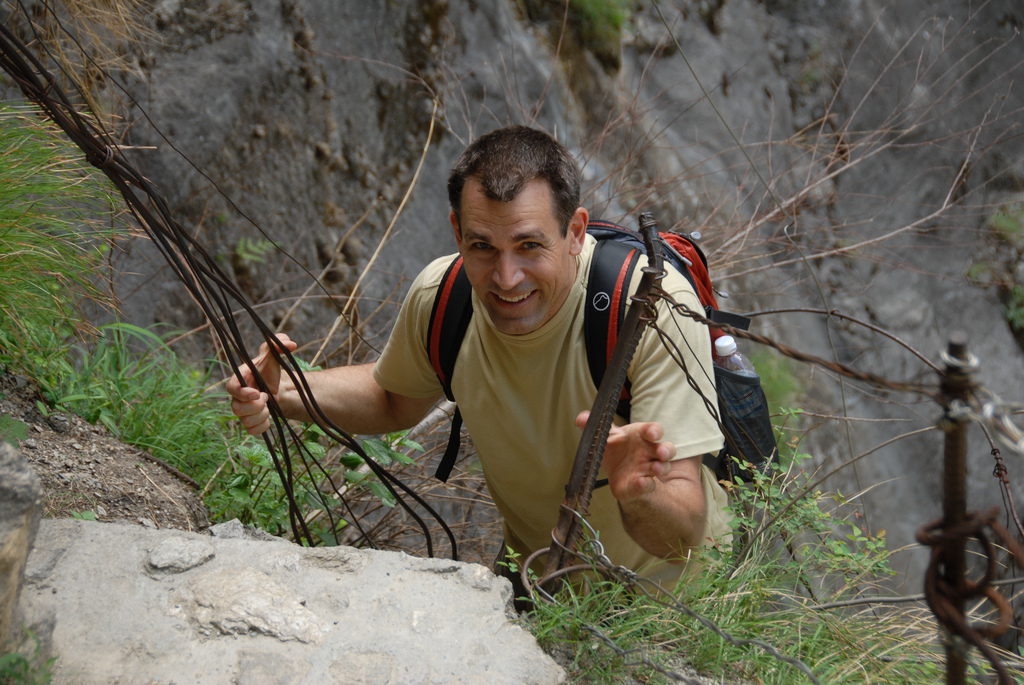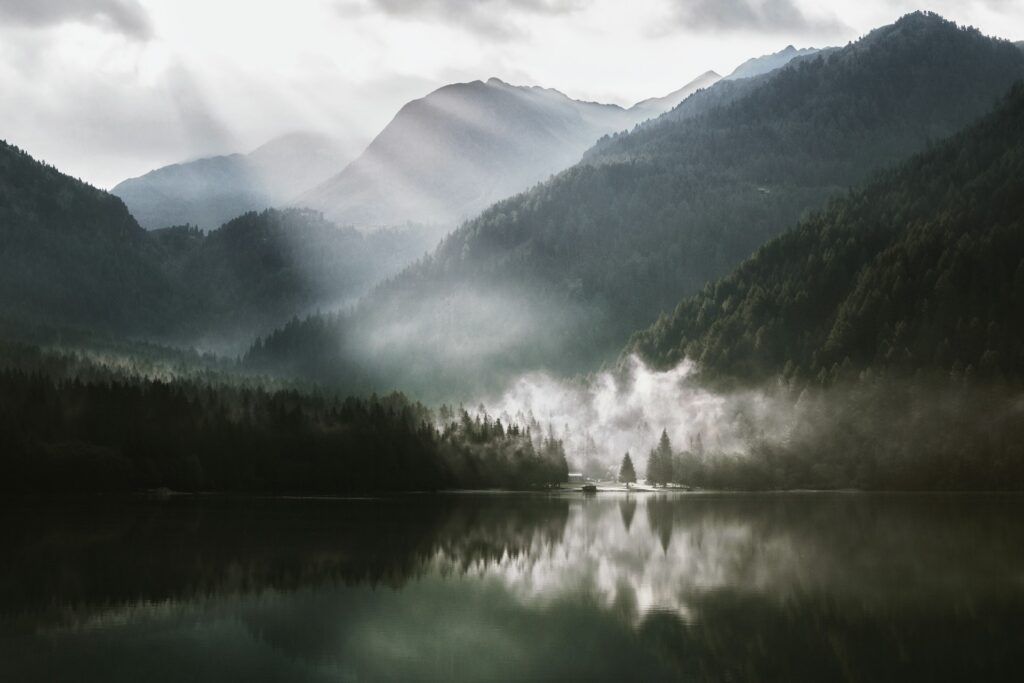Whenever you are preparing for a photoshoot, a key factor is being familiar the location and the conditions in which you will be photographing. Whether it is a model or a landscape, location scouting is an essential part of the photographic process. Except if you stumble upon a good scene and have the resources to utilize it instantly!
Clearly, when it comes to the location 3 main points to keep in mind are: Why, When & Where.

Why?
When shooting portraits the “why” is really important. Why do you want that location exactly? What are you trying to achieve with it? Will it be the most adequate one for your requirements?
Don’t ever choose a location because it is the closest one. In photography, everything is about perfection, so it is better to sacrifice some comfortability to gain some wow factor.
Where and When?
Where and when are the hardest parts. First of all, you need to go and look for a location. If you have no clue where to start, of course asking around is useful. Ask your friends and family, they might have an idea for a location based on the description you’ll provide them.
If they come up empty, use social networks, like Facebook, Twitter, Forums, and so on. Even Googling it could help.
Once you have several possible locations it's good to go and scout them. Pictures from the internet or ones made with the smart phone held by your aunt certainly won’t give you the real impression of the place.
Finally, there might be a perfect corner for the photographs you have in mind, but hasn’t been noticed before. This is where GPS comes real handy. Use geotagged images for the exact location and you have your scouting workflow working smoothly.
 Photo by natalielucier
Photo by natalielucier
But what if you don’t have a camera that has geo tagging?
Well, you can use your smartphone as a camera to geotag your scouting images. Quality doesn’t really matter, it is more important for you to see the location with your own eyes, and then use the images as a map point reference and to remind yourself about the location.
But if you want to make the photos with your DSLR and don’t have the geotagging option on it, you can use My Tracks app by Google, to track your movement and then use Geoencode (a Lightroom plugin) to embed the location data on your images by syncing it from the location and time provided by My Tracks.
Pair your GPS data with something like The Photographer’s Ephemeris. This app works for desktop and for smartphones as well. It allows you to plan and see where the sun will rise or set. It does the same for the moon too.
It's definitely a cool app, especially when you know how the location will look like.
Group Scouting, Yes or No?
Scouting is best done solo, or with a partner/assistant. But with one other person is the maximum I’d recommend. Not that you can’t do it in a group, it's just the fact that the tempo will be dictated by the group motion dynamics and it won’t be as efficient as it should be.
Scouting with a partner is cool since you can use them as a surrogate model or a second pair of eyes if it is landscape you're scouting for.
Final Preparations
Another thing you need to be aware of is the weather. Always look for few weather forecasts before using the designated location. However, don’t check for just rain or sunny/dry conditions. If there are sudden changes of temperature it can result in mist/fog which can result in not having a shot at all!

If you are planning for a larger shoot, for example 2-3 models, lots of gear, clothes changing and so forth; make sure that your location has enough access for all that gear and necessary vehicles be present. Look for makeshift roads (usually easily accessible by car) which lead to the spot or at least they lead really close to it.
You don’t want to be wasting precious time and having your models walking a kilometer to the vehicle for a clothes change or whatever is necessary. Even 10 minutes wasted can mean losing the right light for the shot.
Summary
So to sum it up: research, scout & geotag, look for leading roads and evaluate access, acquire sun & moon locations, check the weather and go shoot.
Doesn’t sound too challenging does it?




